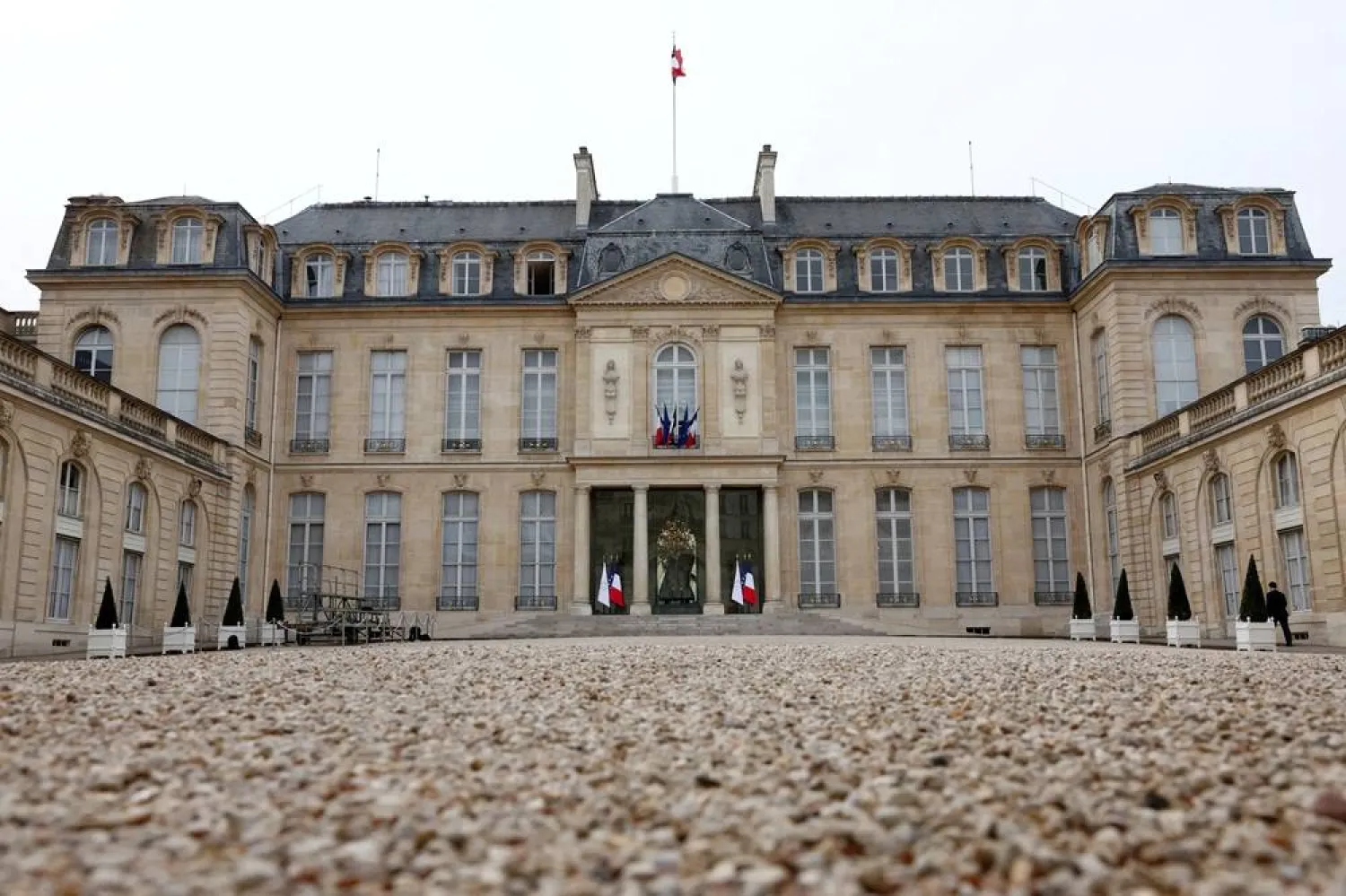Research led by a Kent-based space scientist has uncovered new evidence of meteor particles reaching the Antarctic ice sheet 430,000 years ago. The team said the findings highlight the importance of reassessing the threat of medium-sized asteroids, with the potential for destructive consequences, reported The Metro.
Researchers recovered extra-terrestrial particles on the summit of Walnumfjellet within the Sor Rondane Mountains in east Antarctica. The discovery indicated a so-called low-altitude meteoritic touchdown event – where a jet of melted and vaporized material from an asteroid at least 100 meters in size reached the surface at high velocity.
The impact covered a circular area of around 2,000km – an almost-continental scale distribution, said Dr. Matthias van Ginneken from the University of Kent's School of Physical Sciences.
The research, published in the Science Advances journal, said finding evidence of such events remains critical to understanding the impact history of Earth and estimating hazardous effects of asteroid impacts.
Ginneke said while it is highly unlikely that such an event would happen over a densely-populated area – with less than 1 percent of the surface of the earth considered densely populated – its effects can be widespread.
"Severe effects of such an impact can be felt over hundreds of kilometers. Therefore, even if such an impact were to occur hundreds of kilometers away from a densely populated area, the amount of devastation would not be negligible and would need to be taken into account", he said.
Ginneken said the study could help improve knowledge of the rate of such impacts in the past and therefore how often these might happen in the future. The paper states that these events are potentially entirely destructive over a large area, corresponding to the area of interaction between the hot jet and the ground.









